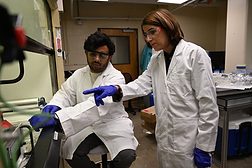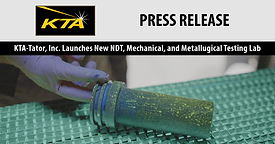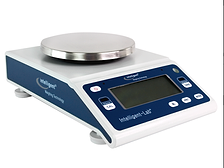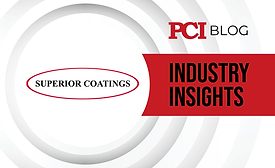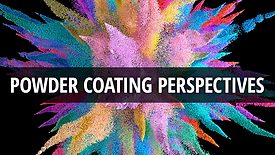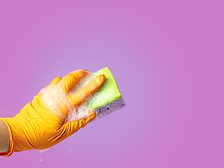Home » Keywords: » testing
Items Tagged with 'testing'
ARTICLES
Scrub Resistance of Latex Paints
Importance, Dependence on Raw Materials, Formulations, and Quality Characteristics of Architectural Coatings
Read More
EVENTS
Sponsored Webinar Live Streaming from CTT September 5-6, 2024
9/5/24 to 9/5/25
Contact: Ian
Deploying AI and DOE in Real-Time at the Bench
Keep the info flowing with our eNewsletters!
Get the latest industry updates tailored your way.
JOIN TODAY!Copyright ©2025. All Rights Reserved BNP Media.
Design, CMS, Hosting & Web Development :: ePublishing

